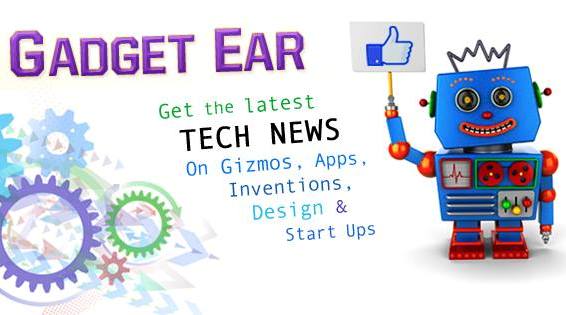Mobile technology has gone through significant innovations in 2010 along with the introduction of new platforms, new services and the resulting increases in usage trends. Everything seems to point the establishment of mobile technologies as a key element in the use of Internet. The number of smartphone users is rising, mobile operating systems are proliferating and applications have become the center of the mobile Web activity.
When considering what had happened in the last twelve months, it is difficult to list only ten items, but this list may summarize the most important mobile technology of the year.1. iPhone 4
Steve Jobs unveiled the latest iPhone in June and it included a series of mobile innovations, including the Facetime, gyroscopic controls that allow developers to create more advanced games, geolocation functions, and an updated operating system. The infamous Antenna-gate showed that even Apple can make mistakes, but this mistake didn’t cause any problem with its sales popularity. Equally surprising is how quick the iPhone 4 was jailbroken.2. iPad
IPad is undoubtedly the mobile device of the year and probably its release in March transformed the mobile computing landscape forever. The iPad is a part mobile device (running the iPhone operating system called IOS) and a part laptop (although no serious office tasks can be performed on this device), in other words, the iPad bridges the two worlds superbly.
While other competitors had tried to enter the market tablets for years, none has approached the success of Apple and has the honor of being well received by the market.3. Android
Although, it was first released in 2008, without doubt, 2010 is the year of Android. Devices with Google’s mobile operating system experience substantially increased sales. It has high importance in the mobile market and supported by thousands of applications.4. HTML5
Although it is still not a fully ratified standard, HTML 5 has been one of the technologies with the greatest impact this year. Its growth can be attributed in part to Apple’s decision of not supporting Flash on the iPad.5. App Stores
The App Stores are not only a product but also a trend. It is one of the operating system-related stores; others are iTunes, Android Market, Ovi, and Windows Phone Market.6. iAD
Although not really well known by users, the influence of iAD in the mobile advertising industry has been remarkable. IAD is positive impetus in encouraging more attractive and interactive ads.7. LTE
This technology has been widely marketed as 4G, (although there are some technical inaccuracies in this assumption, LTE is simply a precursor to the real 4G technology). It offers higher speeds for mobile users, obviously good news for consumers, considering the ever-increasing demand for mobile Web services.8. Foursquare
Foursquare allows users to record their location at a particular spot and earn points. In September 2010, Foursquare 2.0 was released to help users discover new places and activities in addition to sharing their position like what is already available in previous versions.9. Bar Code Readers
Bar code readers on mobile phones have been a big trend this year, despite the fact that this technology will eventually be superseded by the NFC.10. NFC
NFC is a technology for wireless communication at short range and high frequency, allowing the exchange of data between devices up to a distance of about 10 cm. The latest version of Android, known as Gingerbread, is compatible with the technology of data transfer. Unlike Bluetooth, which is also a short range data exchange technology, NFC is optimized for easier transaction between buyers and merchants. Some experts believe that NFC may replace credit cards someday.
Michael Jones is a writer who is intrested in You can find more of his work at

